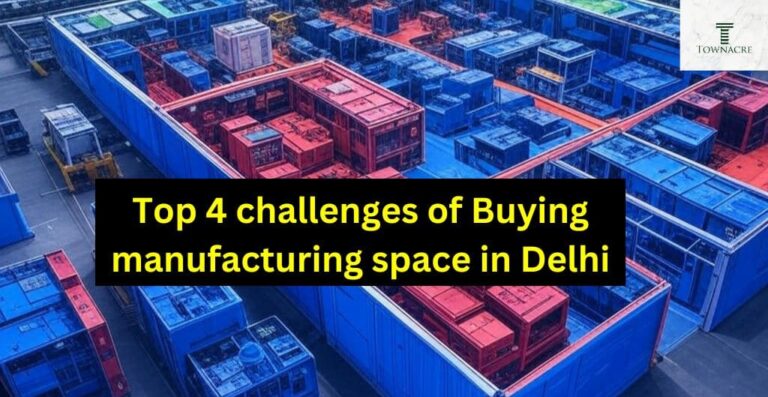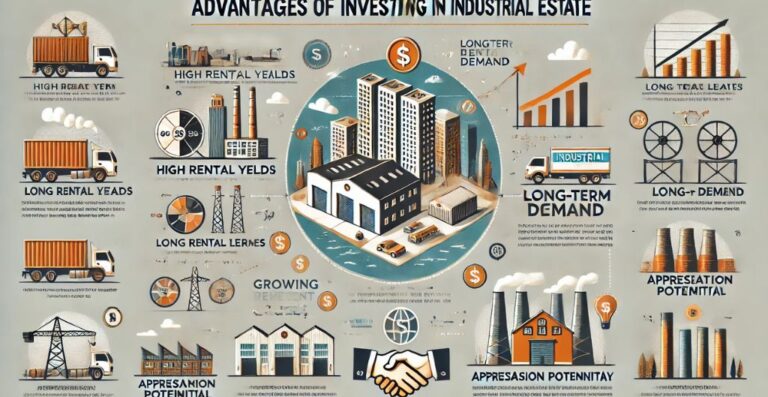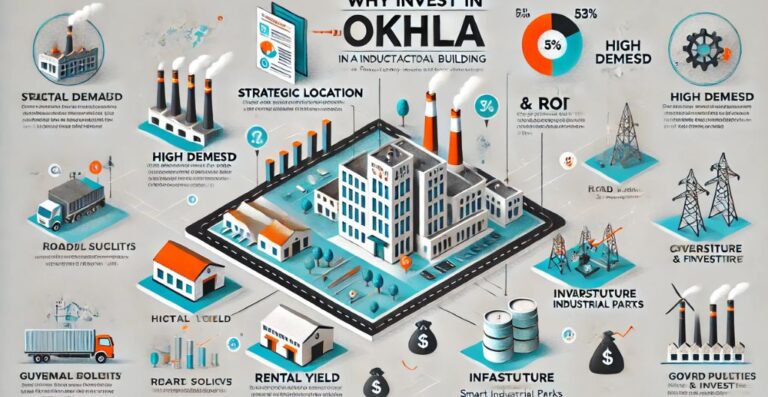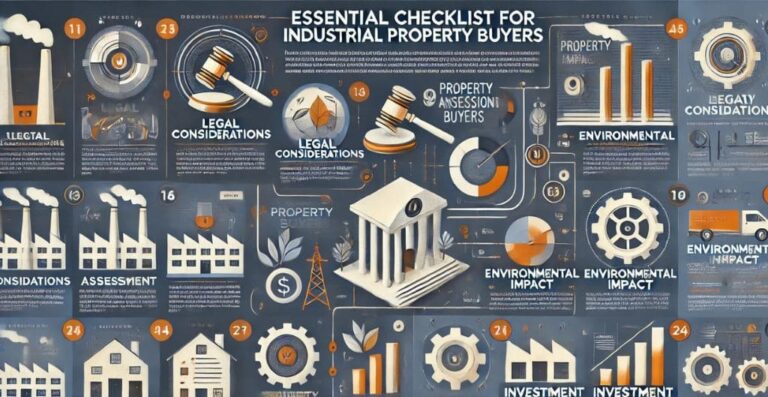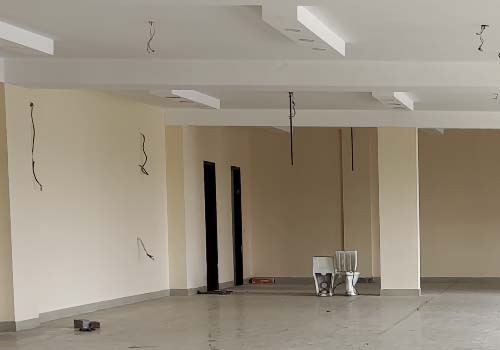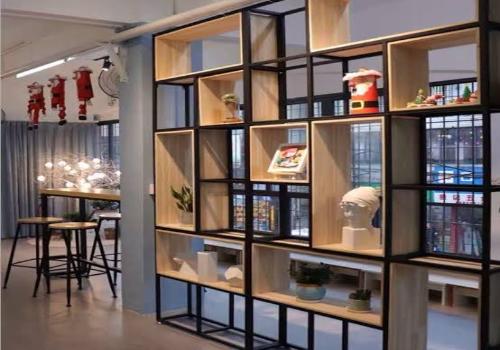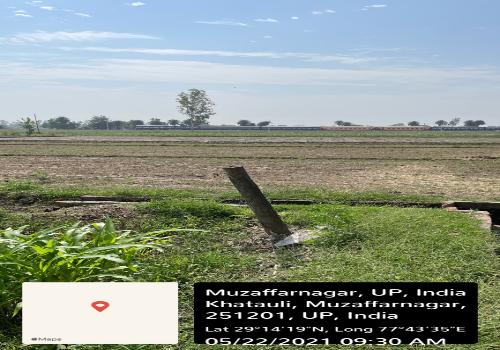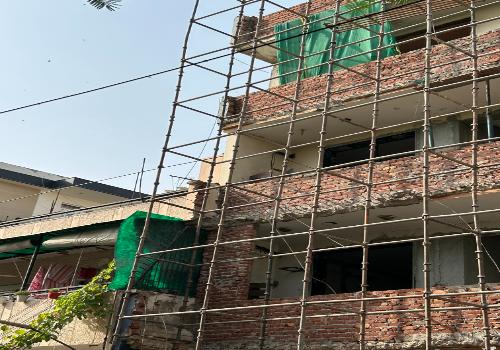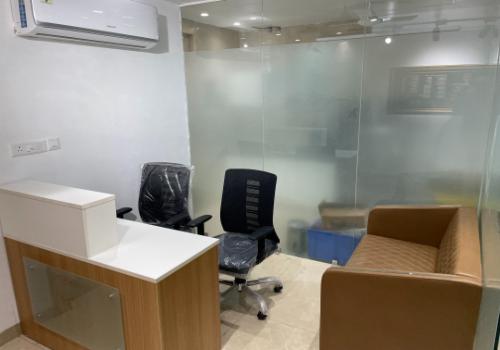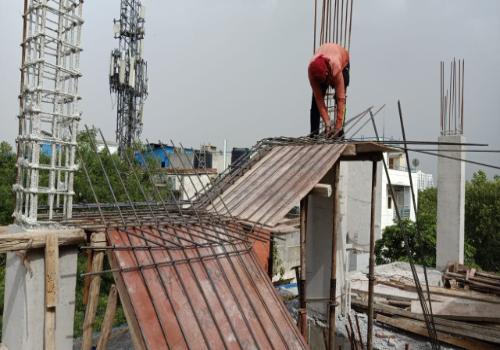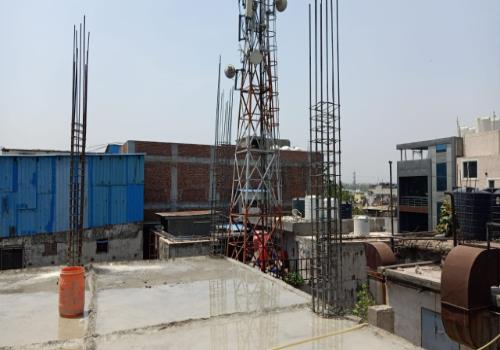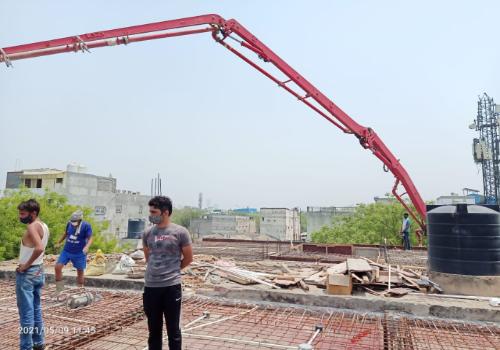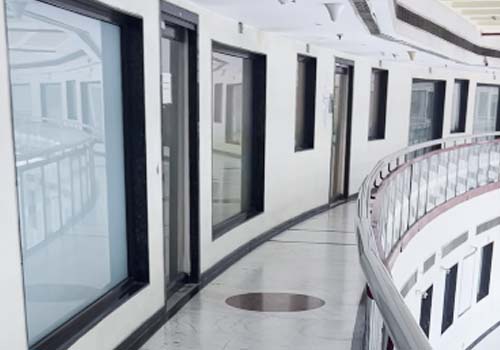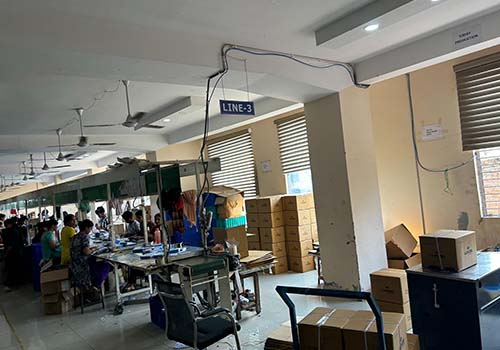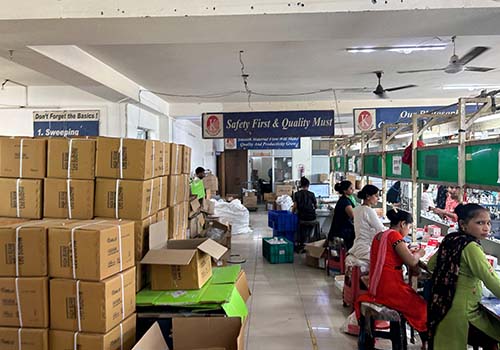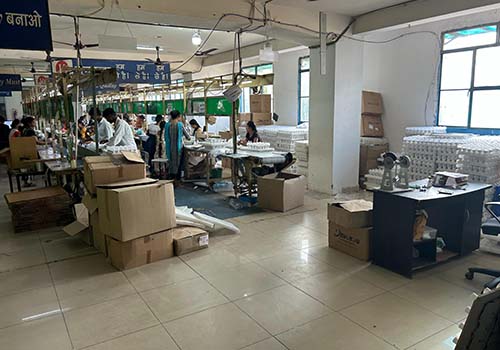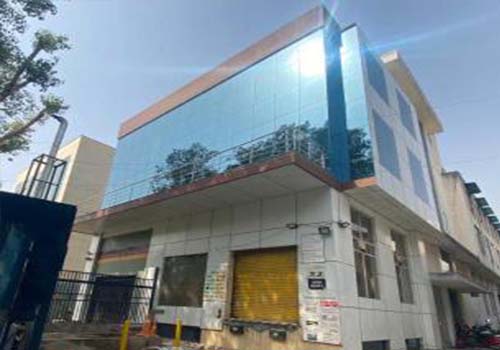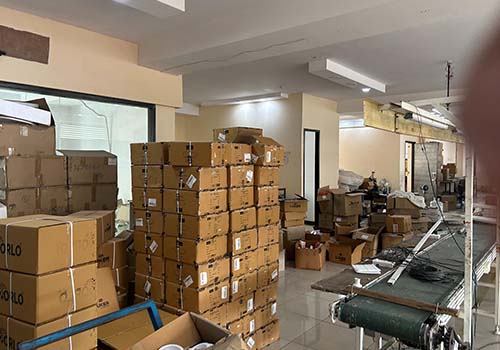Future of Logistics and Warehousing Market in India
Logistics and Warehousing Market in India
Understanding Logistics and the Role of Warehouses in Logistics
Logistics:
Logistics refers to the planning, management, and movement of goods, services, and information from the point of origin to the point of consumption. It ensures that products are delivered to the right place, at the right time, and in the right condition.
The key components of logistics are:
- Transportation
- Warehousing
- Inventory Management
- Distribution
Role of Warehouses:
Warehouse are the storage facility where the goods are stored on a temporary basis until they have to be distributed. Warehouses are a very critical part of logistics. They connect the manufacturers, suppliers, and the customers.
Warehouses can store the goods in bulk, helping businesses manage inventory and meet demands without delays. Warehouses close to consumers reduce delivery times and improve customer satisfaction.
Storing goods in strategic locations reduces transportation costs and avoids delays. Some warehouses are equipped with facilities for specific goods, like cold storage for perishable items or high-tech facilities for fragile products.
Logistics in India
The Indian logistics sector will witness growth of approximately 10-12% per annum for the next few years ahead, with an added emphasis in this direction coming with increasing demand from the field of e-commerce and more export activities and through efforts on the infrastructure side from the government. This sector amounts to more than $200 billion dollars, with considerable contributions toward building up the GDP, and assumes huge significance for effective supply chains in any industry.
Key initiatives, such as the Delhi-Mumbai Industrial Corridor (DMIC) and the dedicated Eastern and Western Freight Corridors, are building a strong logistics backbone. The major hubs of Mumbai, Delhi NCR, Bengaluru, and Chennai are growing as logistics hotspots because of their connectivity and proximity to manufacturing clusters and ports.
The Warehouse Market in India
India’s warehouse market has seen exponential growth in recent times, driven by these factors:
- E-commerce expansion: Online retailers need warehouses to manage growing consumer demand.
- Infrastructure development: New highways, ports, and industrial zones have improved logistics.
Government policies: Initiatives like GST and Make in India have streamlined supply chains.
Future Trends in the Logistics and Warehouse Market
The logistics and warehousing industry is transforming to meet the demands of our growing economy.
1. Technology Integration:
With an increase in AI and machine learning, there will be much enhancement and efficiency in inventory management and warehousing. Real-time tracking of goods, equipment, and warehouse conditions has become easier with IoT devices. Automation processes will only enhance faster order processing and reduce human error in the coming time, thereby increasing efficiency.
2. Sustainability in Warehousing:
Sustainability is a new prime focus for logistics. Facilities for warehousing are coming up with green initiatives including solar power operation, using energy-efficient lights, and water conservation systems. All of these changes not only reduce environmental impacts but make businesses comply with international sustainability expectations, making them more attractive to environmentalist clients.
3. Rise of Multi-Modal Logistics:
The industry is moving towards multi-modal logistics to improve connectivity and efficiency. By integrating road, rail, air, and water transport modes, businesses are able to reduce shipping costs as well as delivery times. In this regard, government-led initiatives such as the PM Gati Shakti plan are expected to further accelerate this trend toward seamless transportation networks across the country.
4. Specialized Warehousing:
As these industries like e-commerce, pharmaceuticals, and cold storage keep expanding, demand for specially customized warehouses is rising. They come in all shapes, from a climate control warehouse dedicated to perishable goods and the high-security facility necessary for valuable products. The trend is very important and serves as an imperative source to address market demand effectively.
5. Evolving Consumer Expectations:
Consumers have become accustomed to quicker and more reliable deliveries, making it imperative for companies to adapt innovative logistics solutions. The selection of warehousing locations near urban centers is being done with a view to faster last-mile delivery. Omnichannel retailing is also impacting storage and distribution, such that warehouses need to accommodate bulk shipments and individual orders efficiently.
Key Takeaways
A landmark change is underway in India’s logistics and warehousing industries, creating an opportunity for unprecedented growth and efficiency. Technology upgradation, reform in government policies, and sustainable practices all place the industry well on its path toward fulfilling the demands of an evolving economy. In such an era, warehousing – an essential pillar of logistics – becomes not just the backbone for businesses but a strategic investment opportunity for the Indian economy to further itself in becoming a global trading hub.
For businesses that aim to stay competitive, finding the right logistics and warehousing partner is of paramount importance. TownAcre is strategically located at the Okhla Industrial Park in Delhi, offering modern industry needs, a prime location, and state-of-the-art infrastructure. As the sector grows, facilities like TownAcre will play an important role in shaping the future of logistics and warehousing in India.
Whether you are a manufacturer, retailer, or investor, the future of logistics and warehousing offers a huge opportunity for the achievement of improved efficiency, lower costs, and greater sustainability.
FAQs:
q.1. What is the future of warehousing in India?
Ans: The Indian warehousing sector is on the brink of a remarkable transformation. As supply chains evolve, the demand for warehouse space is projected to reach approximately 1.2 billion sq. ft by 2027 across Grade A, B & C warehouses across all Indian cities. This growth is not just about quantity, but quality as well.
Q.2. What is the future of logistics market in India?
Ans: The demand for logistics services in India has been largely driven by the remarkable growth of the economy. The growth is being projected at 9-10 percent in the next few years, with the compounded annual growth rate (CAGR) expected to grow at a rate of 7-8 percent.


